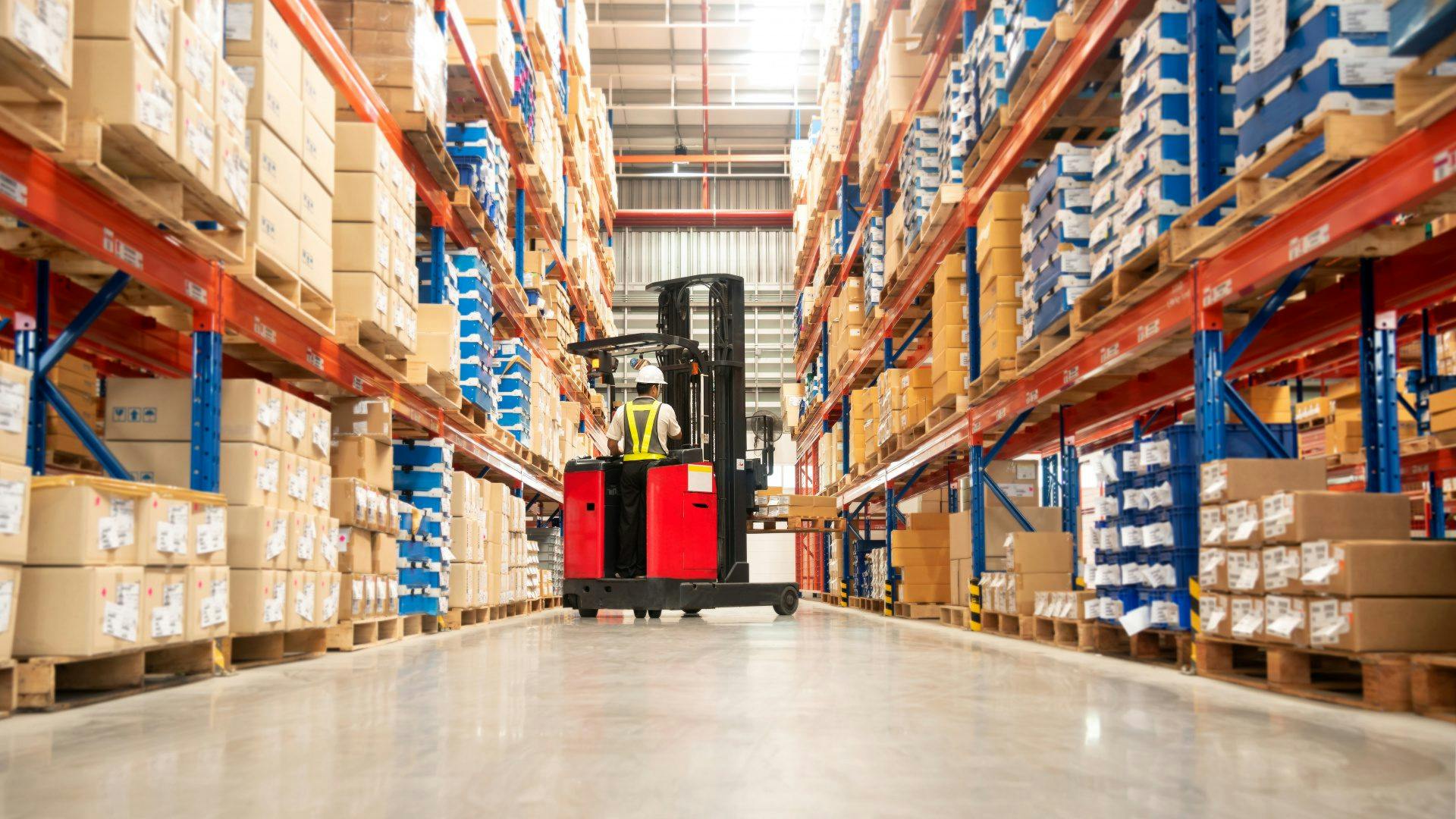How could the mismatch in load fill KPI´s happen at a large, well-managed company? I needed to know.
I investigated transportation planning of goods and what influences planning choices made by planners. The mentioned goods could for instance be:
- a set of items bought by a consumer through the internet,
- a retail order for shop replenishment or
- an internal replenishment / stock transfer order from a production site to a regional warehouse
The transportation can be inbound, outbound or a mix of in- and outbound.
In this case transportation is treated as a cost. Thus, transportation should be at the lowest possible price. Of course, customer agreements, product characteristics and truck / container characteristics need to be considered when organizing these transports.
Depending on the products ordered it roughly works as follows:
- Small orders / small items: items are picked and shipped in cartons
- Larger orders / full cartons: cartons are picked and shipped on pallets
- Single SKU pallets shipped in: pallets are retrieved from warehouse and trucks / containers
And many combinations of above-mentioned options do happen in real life scenarios.
Keeping costs down is theoretically simple: planners plan the lowest number and smallest cartons, pallets and trucks / containers such that the aggregate cost of transporting the orders is minimal.
Key Performance Indicators (KPI's) guide decisions on cartons, pallets and trucks / containers to use
However, what happens when you plan a too small carton, pallet or truck/container? Well, this causes problems in the warehouse as orders won’t fit the carton, pallet and or truck / container. Which means last minute changes – which are always costly and generate frustration internally between customer services, distribution planning and warehouse execution.
To avoid friction with colleagues and customers the KPI’s are adjusted – now they include a bit of margin – and every time something goes wrong, the margin is increased until no more problems occur.
So, I found my answer: This is what had happened in sunny Southern France!
Investigation afterwards showed that the load fill, as described to us by our prospective customer, included a safety margin of 10 percentage point (reported as 95% full versus in real life 85% full). Meaning the customer was actually spending 850.000 euro a year additional on transportation to make the warehouse operations run smoothly – and this was needed because the KPI calculations were not accurate enough!
What is the underlying cause of the difference in KPI's of customer and ORTEC?
Well, because the problem is easy to formulate – “Calculate how much fits in a truck” - it seems the solution should also be easy to find. This is true, certainly, for finding a solution which will simply do as required i.e. chose a carton / pallet / truck / container that will do the job. But, choosing the one which will do the job at the lowest possible costs is an entirely different matter.
So, when faced with rosy KPI figures in this area – be sure to take a closer look if you want to uncover and remove hidden waste and improve the bottom line.
What is your view on your transportation costs and possibilities to improve you load fill? Let me know – or invite me to have a look. Looking forward to hearing from you.
